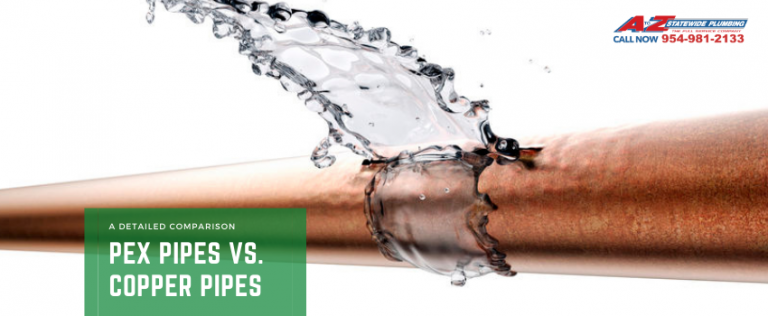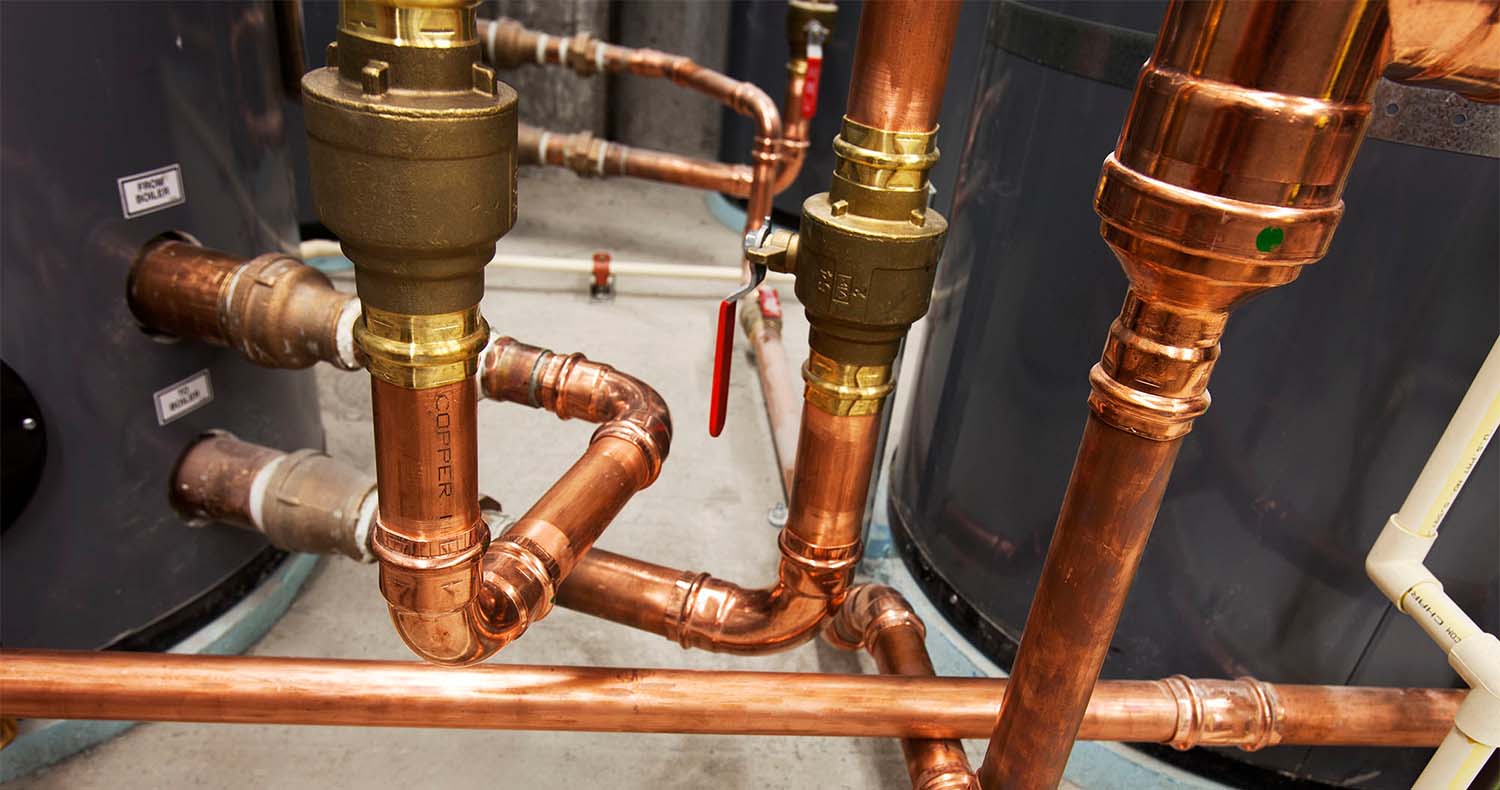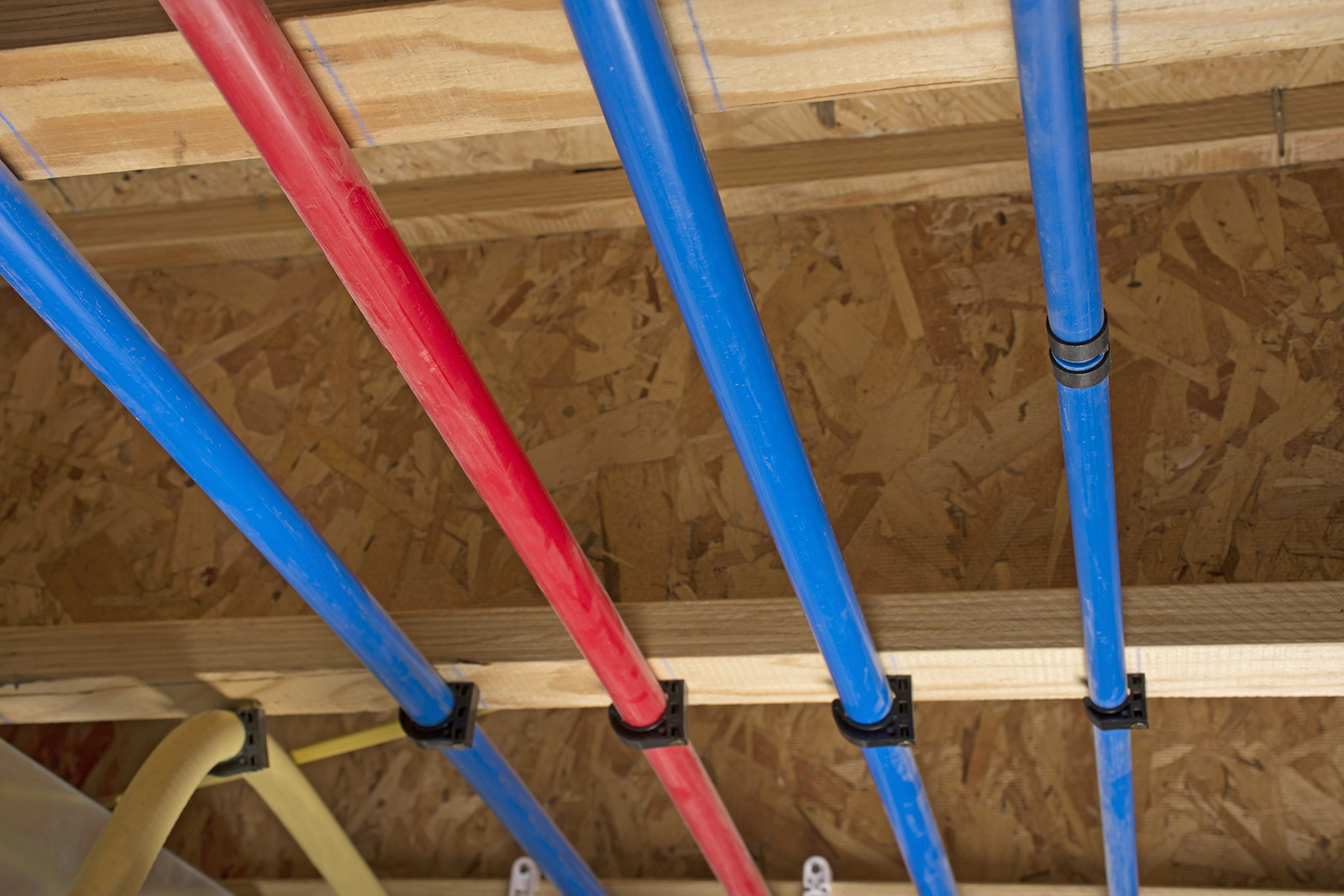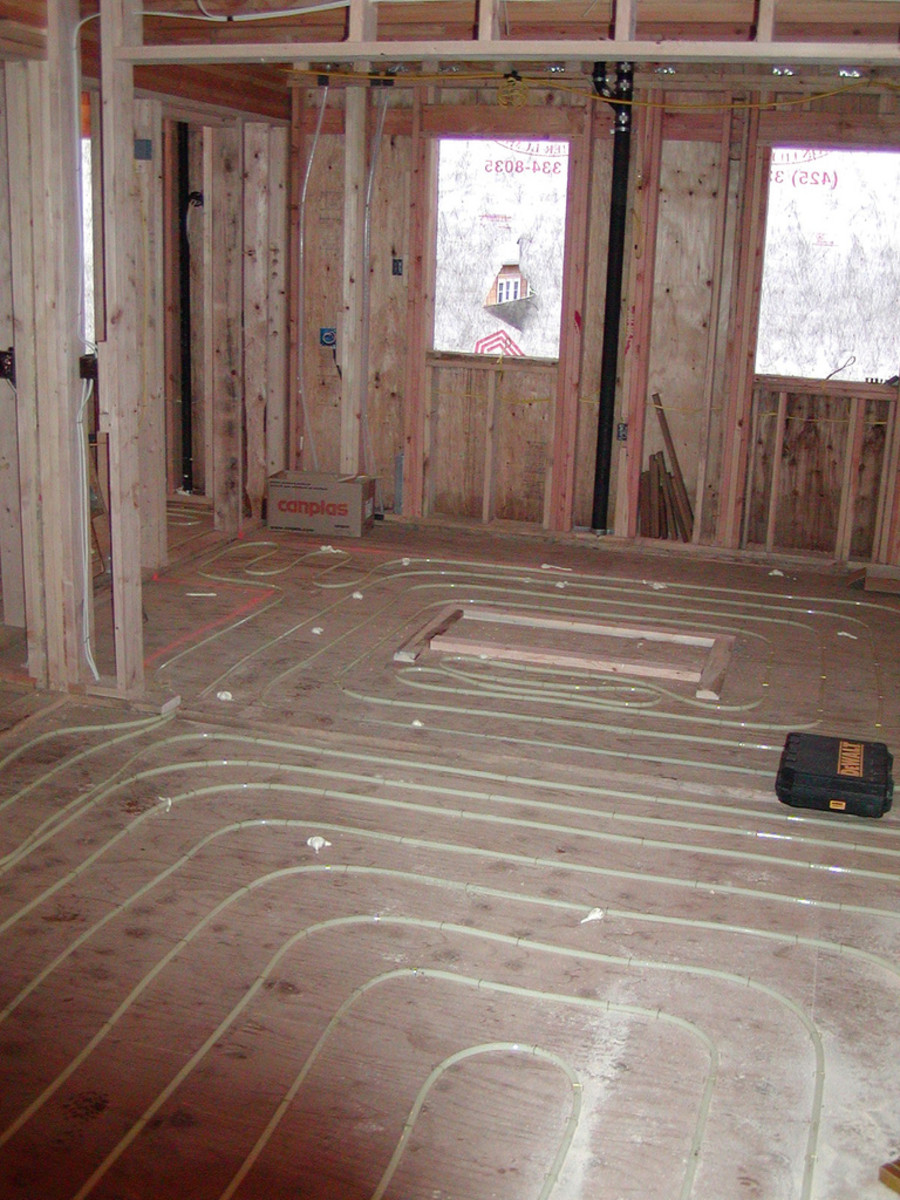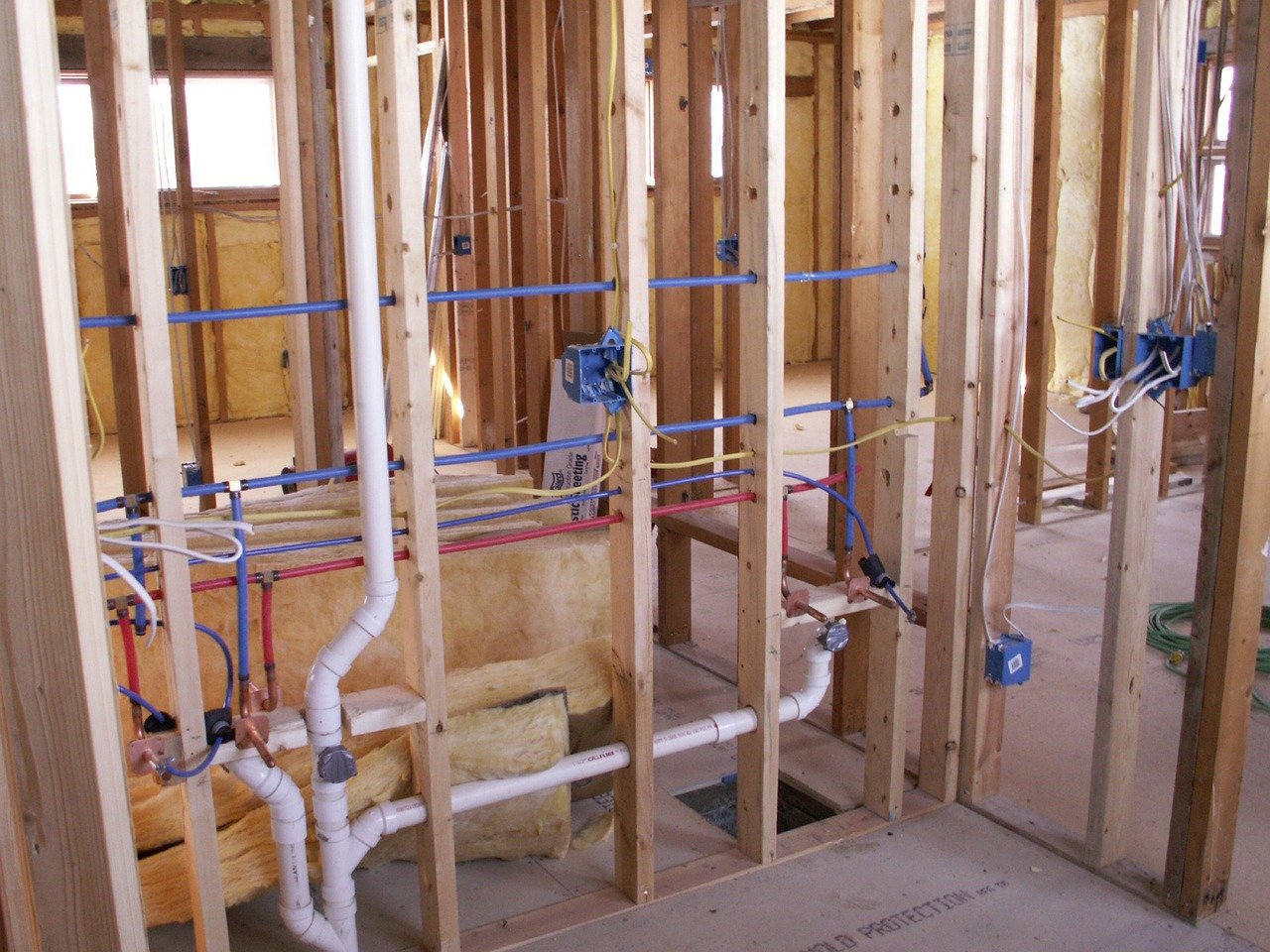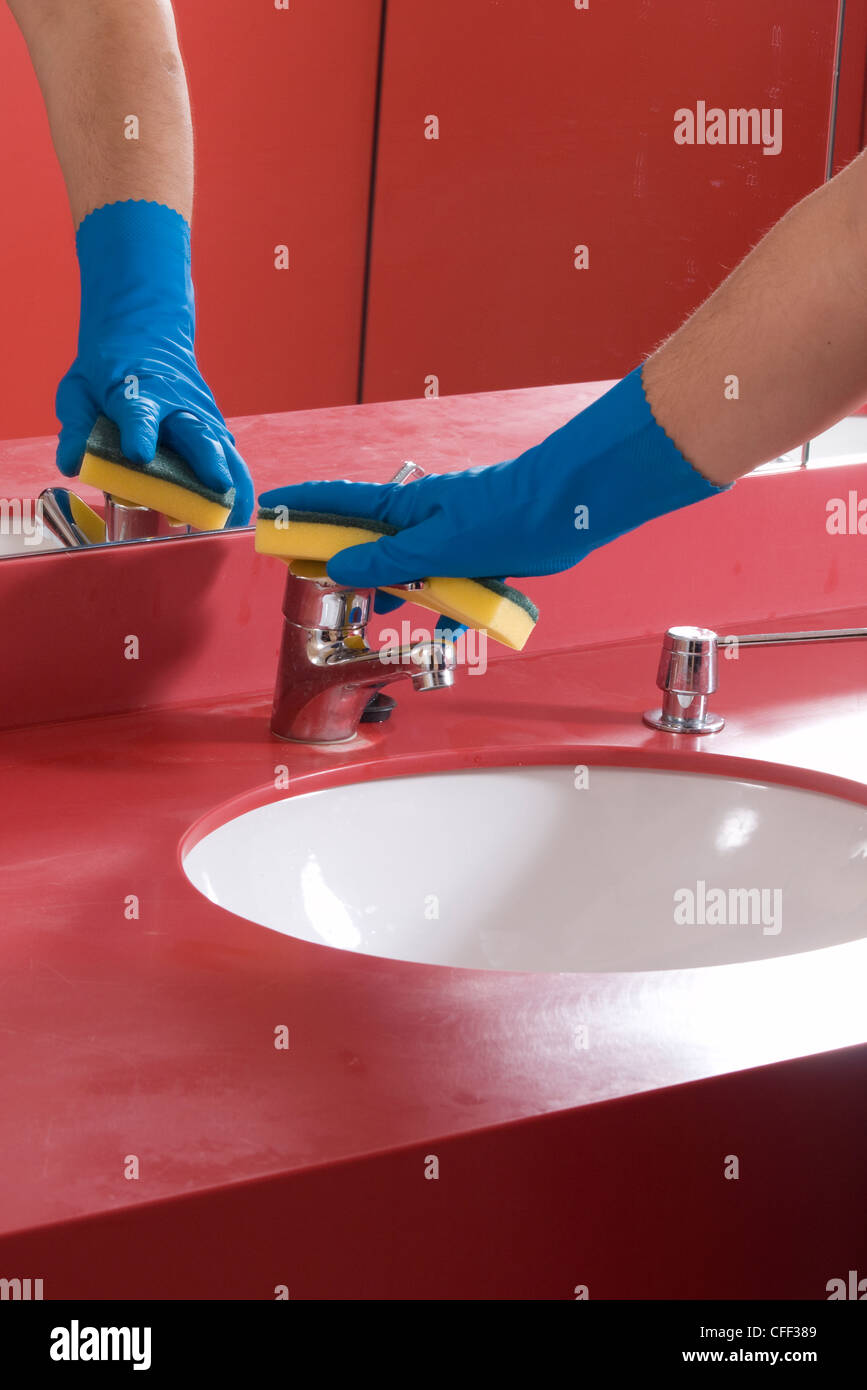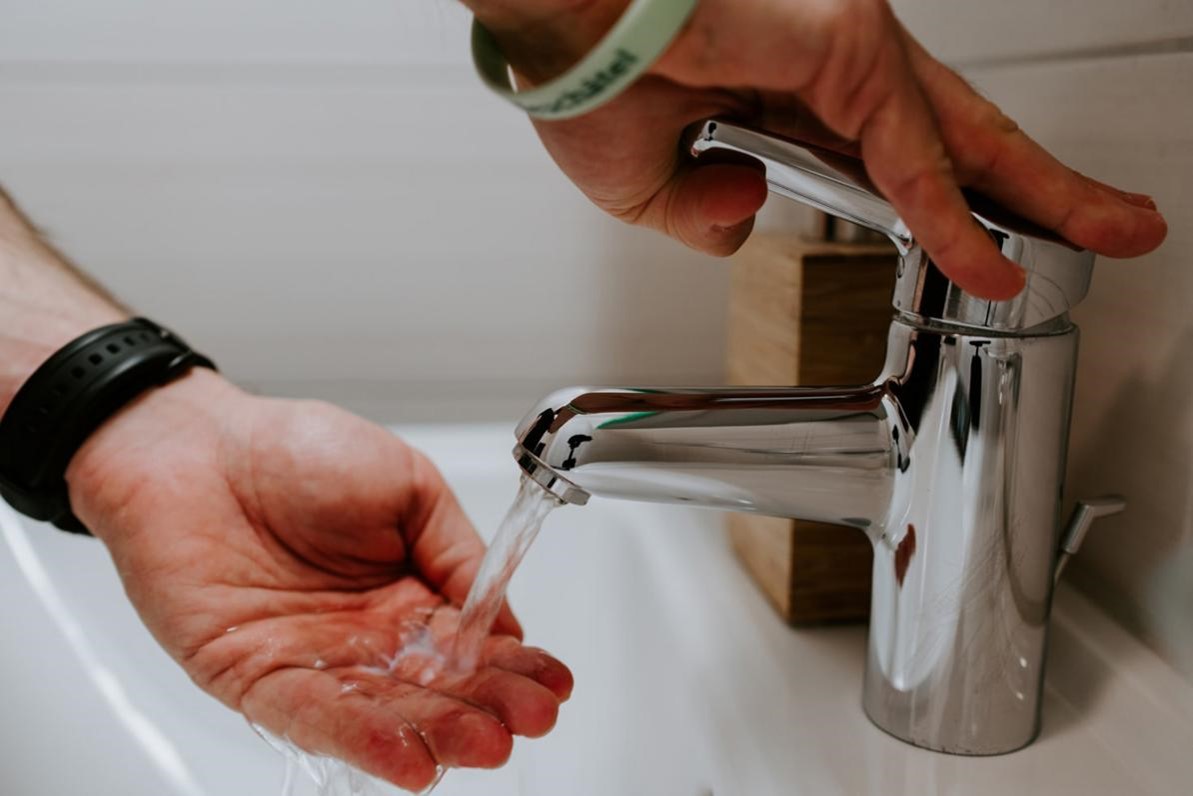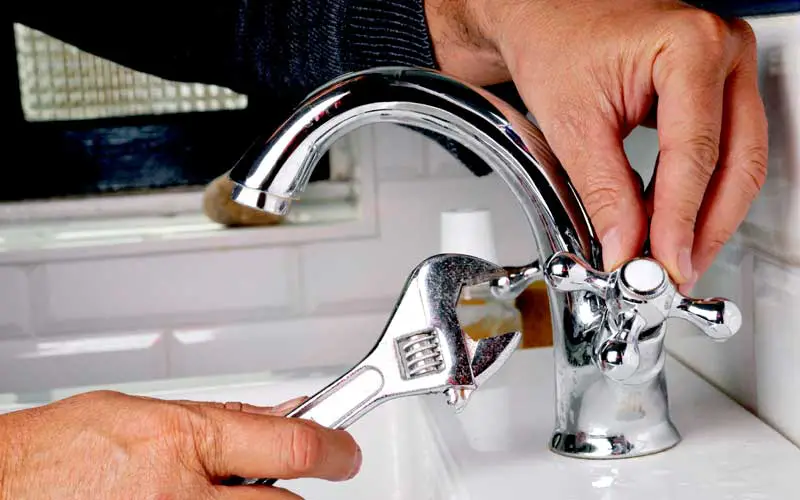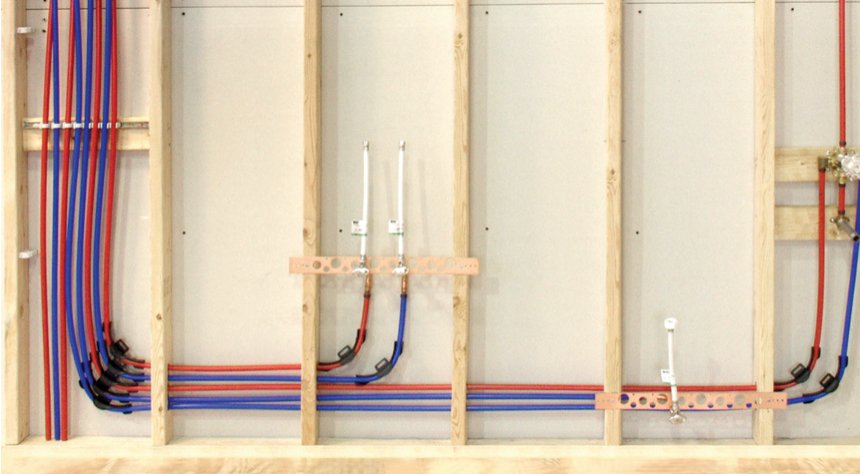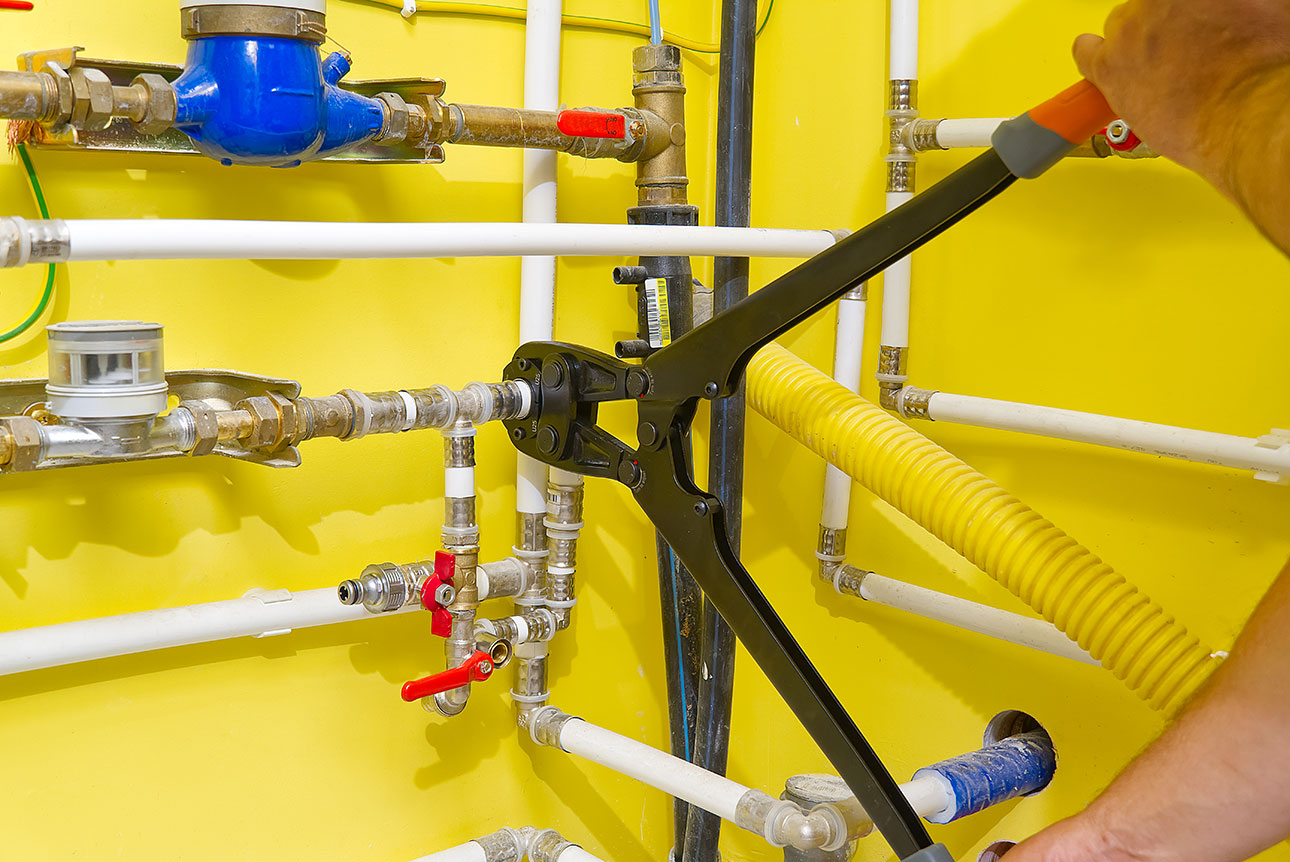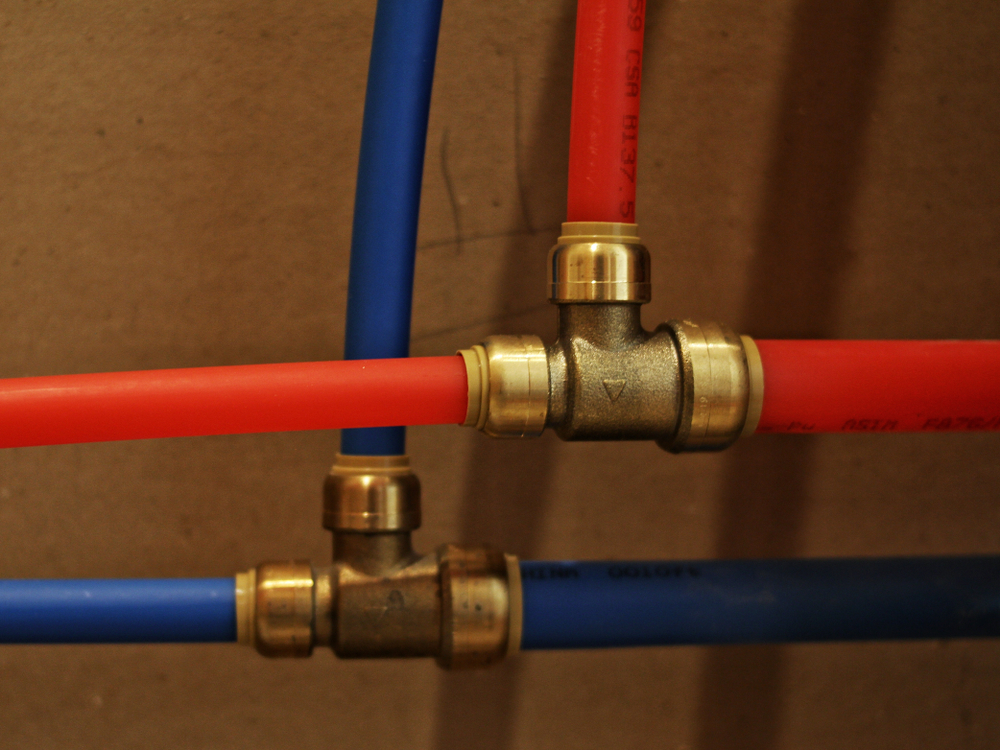When it comes to bathroom sink plumbing, there are a variety of options available. One of the most popular choices among homeowners and contractors is PEX plumbing. PEX, which stands for cross-linked polyethylene, is a flexible and durable material that is commonly used in plumbing systems. But what exactly is PEX plumbing and why is it a great choice for your bathroom sink? In this article, we'll dive into everything you need to know about PEX plumbing, from its benefits to common issues and how to install it in your bathroom. Let's get started! PEX Plumbing: Everything You Need to Know
Installing PEX plumbing in your bathroom sink is a relatively straightforward process that can be done by a DIY enthusiast or a professional plumber. Before you begin, make sure you have all the necessary tools and materials, including PEX pipes, fittings, crimp rings, and a crimping tool. First, turn off the water supply to your bathroom and drain the existing pipes. Next, measure and cut the PEX pipe to fit the length needed for your sink. You can use a PEX cutter or a sharp utility knife for this step. Then, insert the fittings onto the ends of the PEX pipe and secure them with crimp rings using a crimping tool. Once the pipes and fittings are in place, connect them to the existing plumbing using PEX couplings. Finally, turn the water supply back on and test for any leaks. If everything looks good, you're all set with your new PEX plumbing! How to Install PEX Plumbing in a Bathroom
If you're planning a bathroom renovation, PEX plumbing is definitely worth considering. Not only is it easy to install, but it also offers a variety of benefits that make it a top choice for many homeowners. One of the main advantages of PEX plumbing is its flexibility. PEX pipes can bend and curve to fit around corners and obstacles, making it easier to install in tight spaces. Additionally, PEX is resistant to corrosion and scaling, which means it will last longer and require less maintenance compared to traditional materials like copper. Moreover, PEX plumbing is more affordable than other options, making it a budget-friendly choice for those looking to renovate their bathroom without breaking the bank. It also has a higher temperature and pressure tolerance, making it suitable for both hot and cold water systems. PEX Plumbing for Your Bathroom Renovation
As mentioned earlier, PEX plumbing offers several benefits that make it a popular choice for bathroom sink installations. Let's take a closer look at some of these advantages: Durability: PEX pipes are resistant to corrosion, making them less likely to develop leaks or burst over time. Flexibility: PEX pipes can be easily maneuvered and bent around obstacles, making them ideal for tight spaces. Affordability: PEX plumbing is more cost-effective than traditional materials like copper, making it a great choice for those on a budget. Easy Installation: PEX pipes can be installed quickly and easily, saving time and labor costs. The Benefits of Using PEX Plumbing for Your Bathroom
While copper has been the go-to material for plumbing for many years, PEX is gaining popularity due to its many benefits. So, how does PEX compare to copper when it comes to bathroom sink plumbing? Cost: When it comes to cost, PEX is the clear winner. PEX pipes and fittings are generally less expensive than copper, which can add up to significant savings for homeowners. Installation: PEX is easier and faster to install compared to copper, which requires soldering and special tools. PEX can also be installed in long continuous lengths, eliminating the need for multiple fittings and joints. Durability: While copper is a durable material, it can still be prone to corrosion and scaling over time. PEX, on the other hand, is resistant to these issues and can last for decades without needing maintenance or replacement. Flexibility: As mentioned earlier, PEX is much more flexible than copper, making it easier to work with and install in tight spaces. PEX vs. Copper Plumbing for Bathroom Sinks
While PEX is a durable and reliable material, it can still experience some issues, especially with improper installation or usage. Some common problems with PEX plumbing in bathroom sinks include: Leaks: PEX pipes can develop leaks if they are not installed correctly or if they are damaged during installation. These leaks can be easily fixed by replacing the damaged section of the pipe. Freezing: If PEX pipes are not properly insulated, they can be vulnerable to freezing in extreme temperatures. This can cause the pipes to burst, leading to costly repairs. Chemical Damage: Some harsh chemicals found in drain cleaners or other cleaning products can damage PEX pipes, causing them to become brittle and prone to cracking. It's important to use gentle cleaning solutions when dealing with PEX plumbing. Common PEX Plumbing Problems in Bathroom Sinks
If you notice a leak in your PEX bathroom sink plumbing, there are a few steps you can take to fix it. First, turn off the water supply to the affected area and drain the pipes. Then, cut out the damaged section of the PEX pipe using a PEX cutter or a sharp utility knife. Next, insert a PEX coupling onto each end of the remaining pipe and secure them with crimp rings using a crimping tool. Finally, turn the water supply back on and check for any leaks. If done correctly, your PEX bathroom sink should be leak-free once again. How to Fix a Leaky PEX Bathroom Sink
When it comes to installing PEX plumbing in your bathroom sink, there are a few essential tools you will need: PEX Cutter: This tool is specially designed to cut through PEX pipes efficiently and accurately. Crimping Tool: A crimping tool is used to secure crimp rings onto PEX fittings, creating a watertight seal. PEX Fittings and Crimp Rings: These are the essential components needed to connect PEX pipes together and create a plumbing system. PEX Couplings: These fittings are used to connect PEX pipes to existing plumbing or to join two pipes together. PEX Plumbing Tools for Bathroom Sink Installation
While traditional plumbing materials like copper and PVC have been used for years, PEX is quickly gaining popularity as a top choice for bathroom sink plumbing. Here are some key differences between PEX and traditional plumbing materials: Installation: PEX is much easier and faster to install compared to traditional materials, which require soldering and special tools. Flexibility: PEX is a much more flexible material than copper or PVC, making it easier to install in tight spaces without the need for multiple fittings and joints. Cost: PEX is generally more affordable than traditional materials like copper, making it a great choice for those on a budget. Durability: While traditional materials are durable, they can still be prone to corrosion and scaling over time. PEX, on the other hand, is resistant to these issues and can last for decades without needing maintenance or replacement. PEX Plumbing vs. Traditional Plumbing for Bathroom Sinks
When it comes to choosing the right PEX plumbing for your bathroom sink, there are a few factors to consider: Size: PEX pipes come in different sizes, so make sure to choose the correct size for your sink and the water pressure in your home. Material: PEX pipes are available in different materials, such as PEX-A, PEX-B, and PEX-C. Each has its own advantages, so research and choose the one that best fits your needs. Insulation: If you live in an area with extreme temperatures, make sure to choose PEX pipes that are properly insulated to prevent freezing and bursting. In conclusion, PEX plumbing is a popular and reliable choice for bathroom sink installations. Its flexibility, durability, and affordability make it a top choice for many homeowners and contractors. By understanding its benefits, potential problems, and how to install it correctly, you can confidently choose PEX plumbing for your next bathroom renovation project. How to Choose the Right PEX Plumbing for Your Bathroom Sink
Pex Plumbing for Your Bathroom Sink: A Modern and Efficient Choice
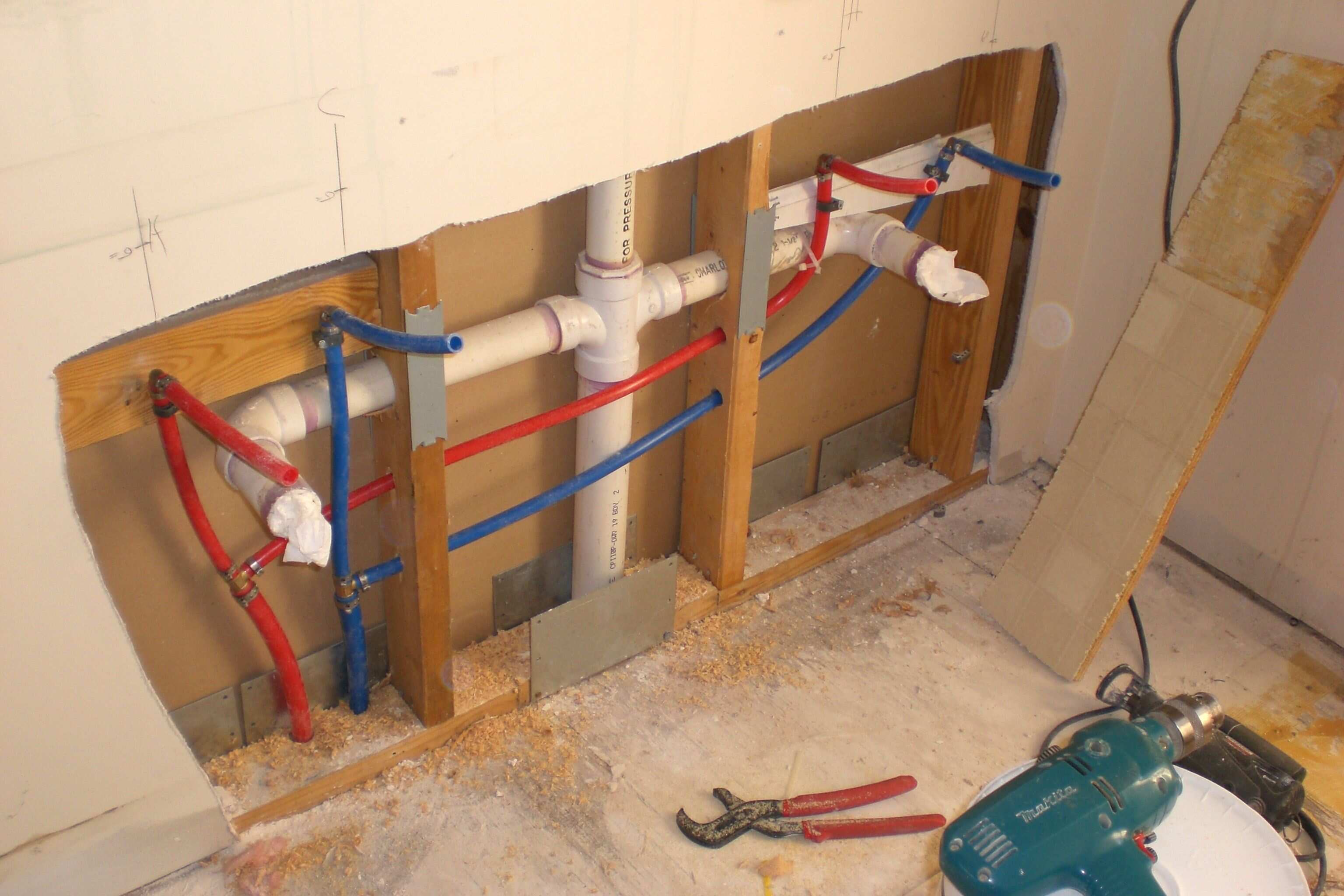
What is Pex Plumbing?
 Pex plumbing, also known as cross-linked polyethylene plumbing, is a type of plastic piping system that has become increasingly popular in modern house design. It is made of flexible and durable material, making it a great alternative to traditional metal pipes. Pex plumbing is typically used for hot and cold water supply lines, as well as for drainage systems.
Pex plumbing, also known as cross-linked polyethylene plumbing, is a type of plastic piping system that has become increasingly popular in modern house design. It is made of flexible and durable material, making it a great alternative to traditional metal pipes. Pex plumbing is typically used for hot and cold water supply lines, as well as for drainage systems.
Benefits of Pex Plumbing
 One of the main benefits of pex plumbing is its flexibility. The pipes can bend and flex without breaking, making them perfect for tight and confined spaces. This also means that there are fewer joints needed, reducing the risk of leaks and water damage. Additionally, pex plumbing is resistant to corrosion, which is a common problem with metal pipes. This makes it a more durable and long-lasting option for your bathroom sink.
One of the main benefits of pex plumbing is its flexibility. The pipes can bend and flex without breaking, making them perfect for tight and confined spaces. This also means that there are fewer joints needed, reducing the risk of leaks and water damage. Additionally, pex plumbing is resistant to corrosion, which is a common problem with metal pipes. This makes it a more durable and long-lasting option for your bathroom sink.
Installation Process
 Pex plumbing is relatively easy to install, especially when compared to traditional metal pipes. The pipes are lightweight and can be easily cut and connected using simple tools. This not only saves time but also reduces labor costs. Moreover, pex plumbing is a great option for DIY enthusiasts as it does not require any specialized skills or equipment.
Pex plumbing is relatively easy to install, especially when compared to traditional metal pipes. The pipes are lightweight and can be easily cut and connected using simple tools. This not only saves time but also reduces labor costs. Moreover, pex plumbing is a great option for DIY enthusiasts as it does not require any specialized skills or equipment.
Efficiency and Cost Savings
 Pex plumbing is also known for its efficiency and cost savings. The smooth interior of the pipes allows for better water flow, reducing the risk of clogs and improving water pressure. This not only makes it more convenient for everyday use but also saves on your water bill. Additionally, pex plumbing is an affordable option, making it a popular choice for those on a budget.
Pex plumbing is also known for its efficiency and cost savings. The smooth interior of the pipes allows for better water flow, reducing the risk of clogs and improving water pressure. This not only makes it more convenient for everyday use but also saves on your water bill. Additionally, pex plumbing is an affordable option, making it a popular choice for those on a budget.
Final Thoughts
 Overall, pex plumbing is a modern and efficient choice for your bathroom sink. It offers numerous benefits such as flexibility, durability, and cost savings. Whether you are renovating your bathroom or building a new house, consider using pex plumbing for your sink to experience the advantages it has to offer. Don't hesitate to consult a professional plumber for proper installation, and enjoy the convenience and modernity that pex plumbing brings to your home.
Overall, pex plumbing is a modern and efficient choice for your bathroom sink. It offers numerous benefits such as flexibility, durability, and cost savings. Whether you are renovating your bathroom or building a new house, consider using pex plumbing for your sink to experience the advantages it has to offer. Don't hesitate to consult a professional plumber for proper installation, and enjoy the convenience and modernity that pex plumbing brings to your home.


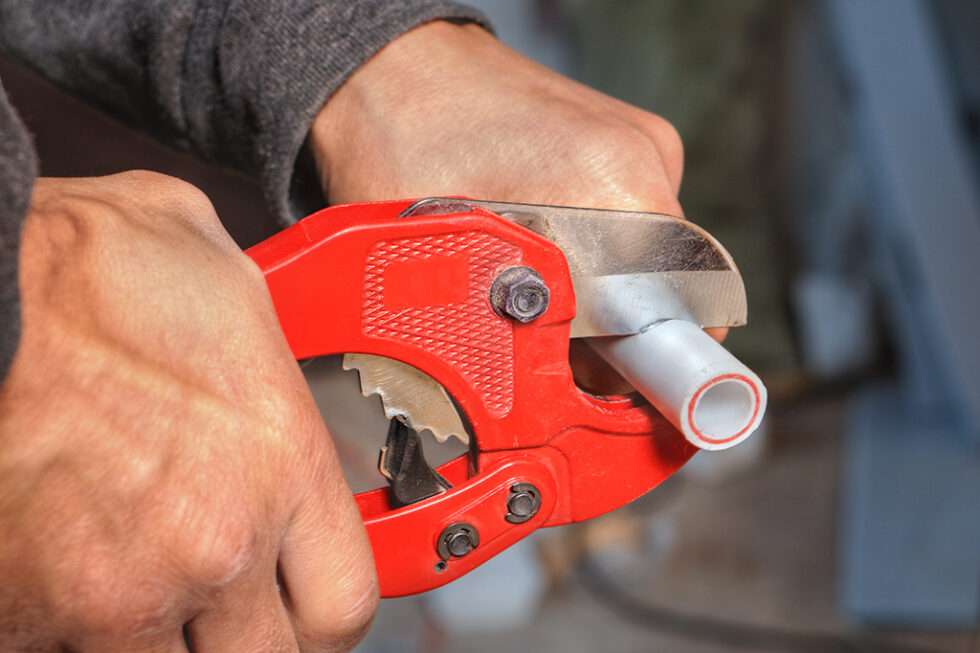
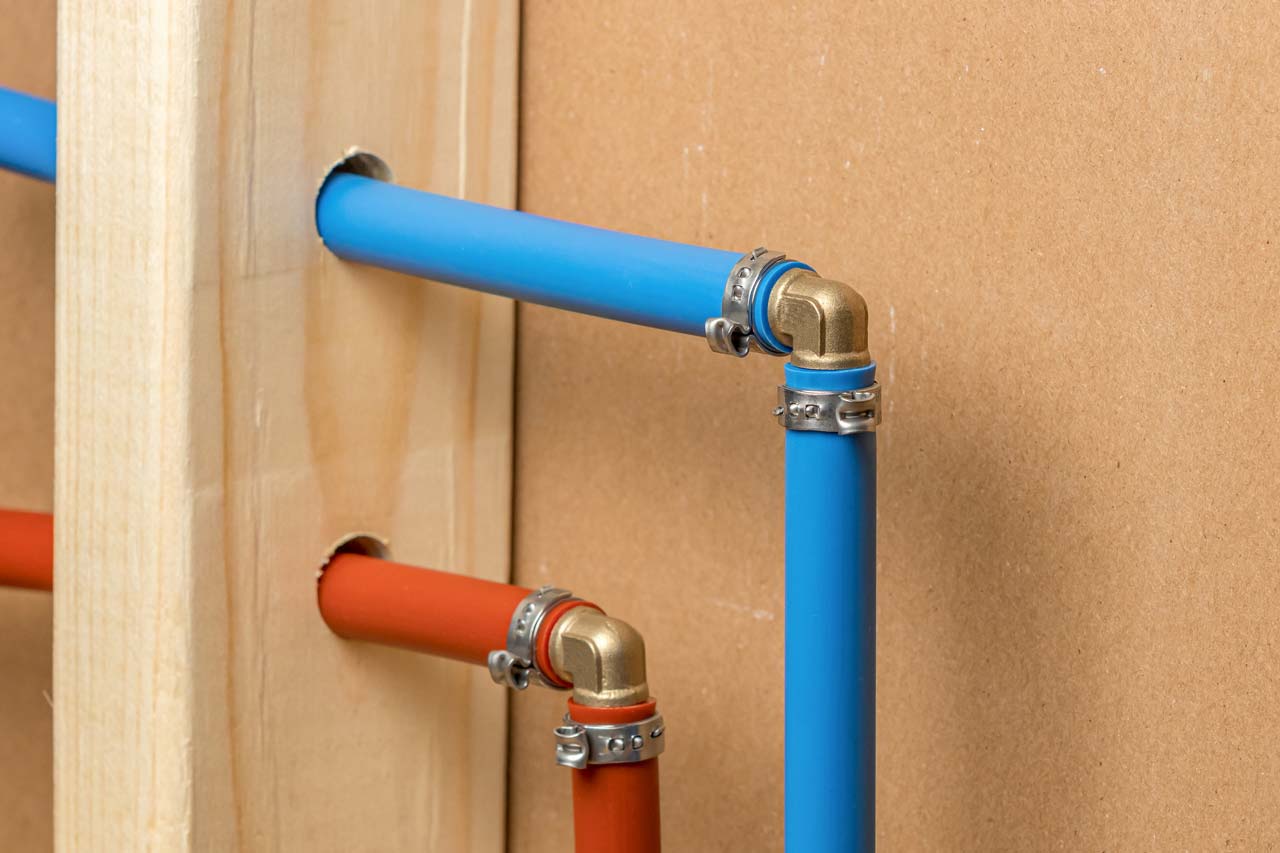













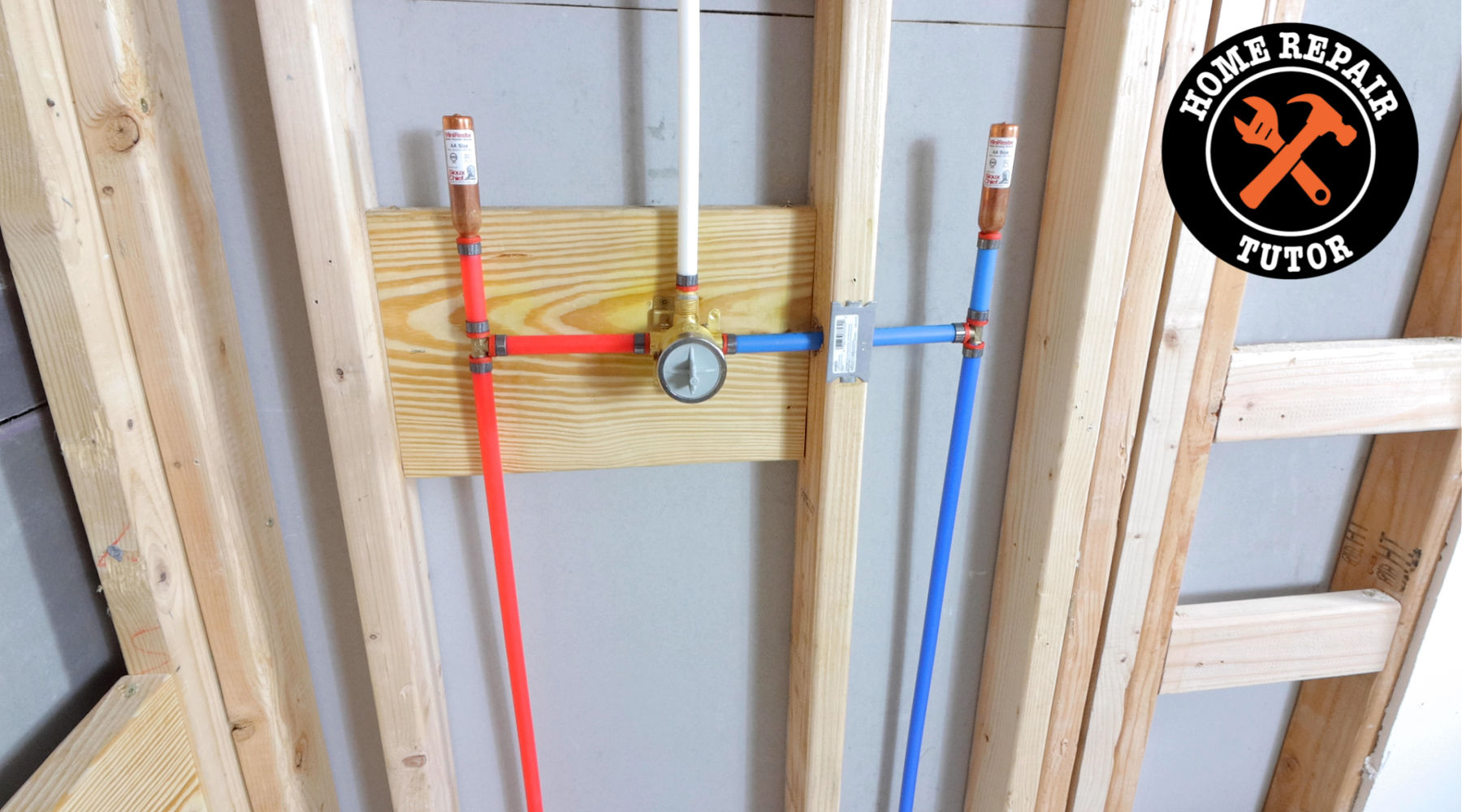




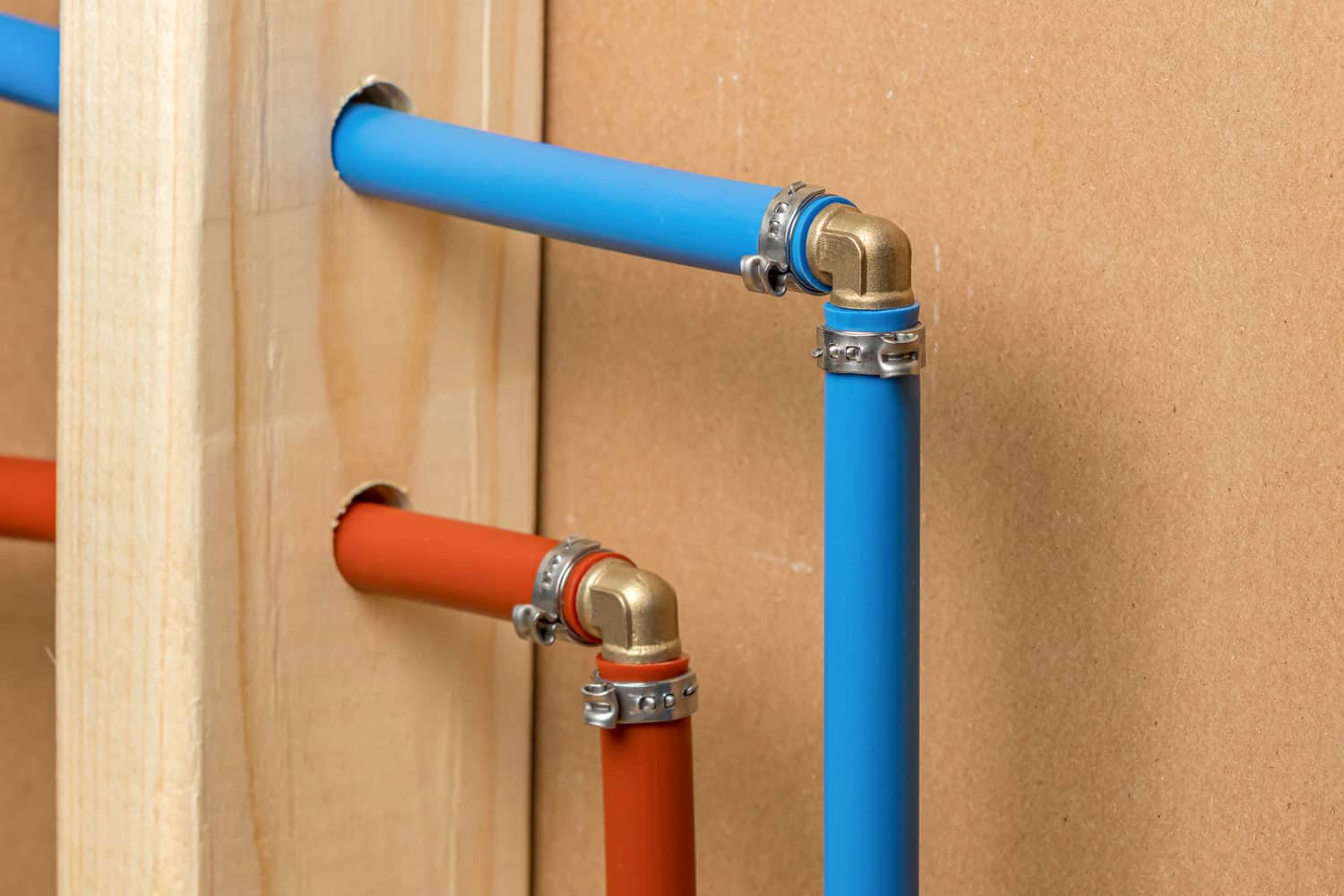


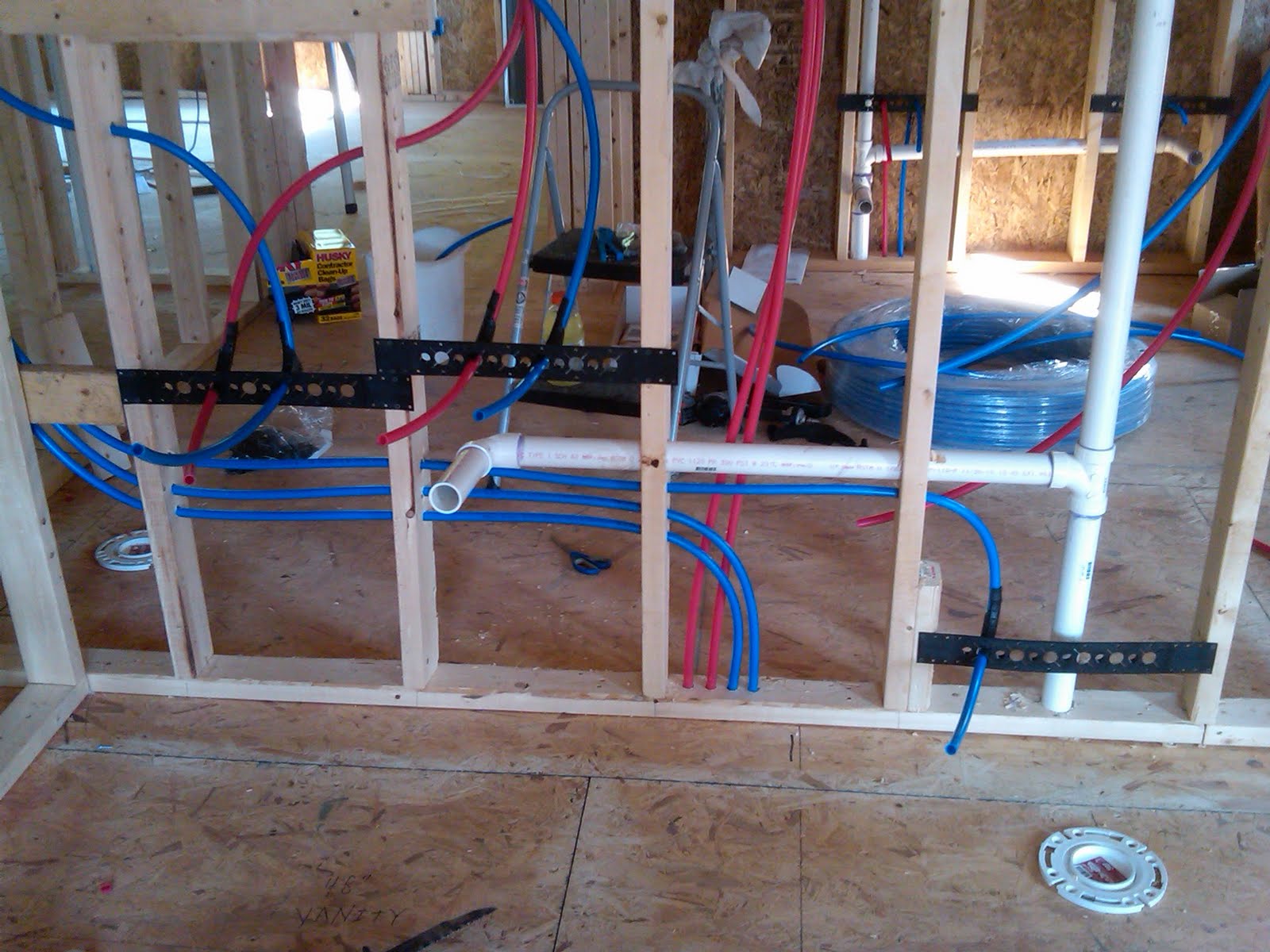




.webp)

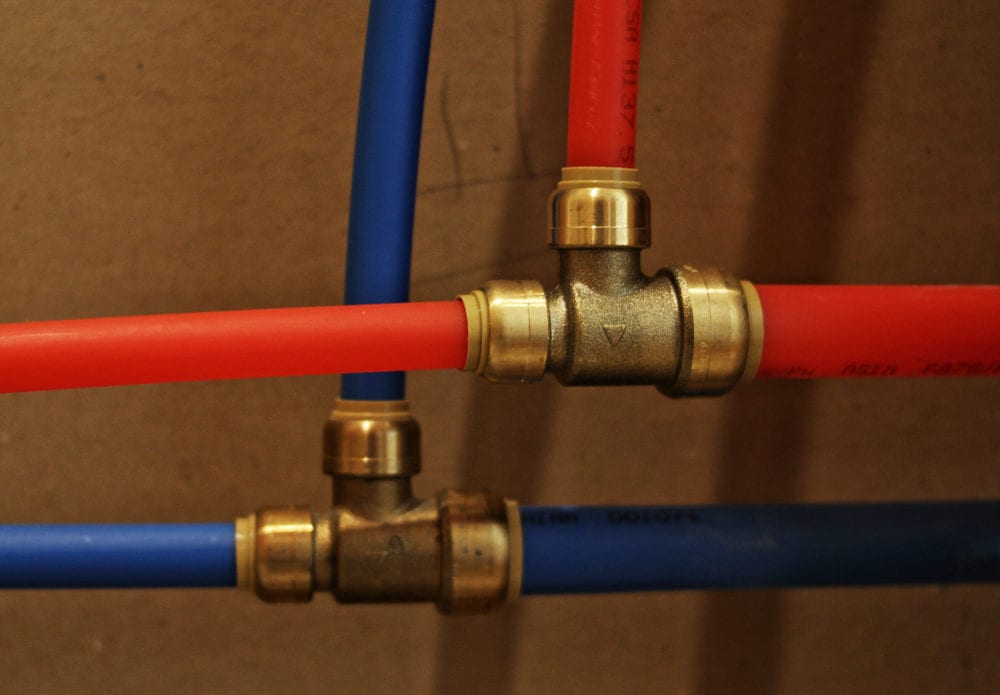


/plumber-working-on-pipes-under-kitchen-sink-169270359-5a9b63bbba61770037c2e7b5.jpg)





